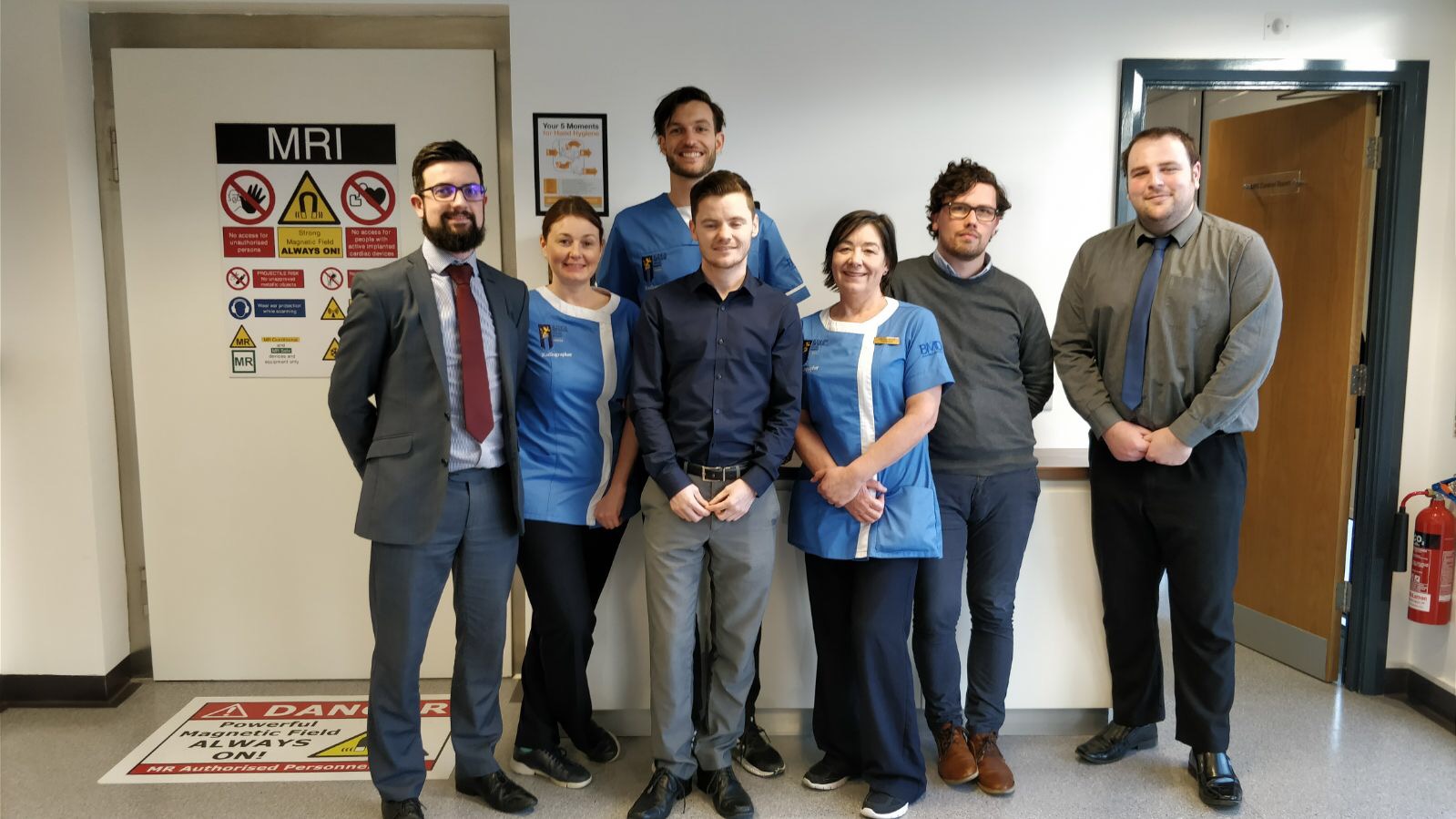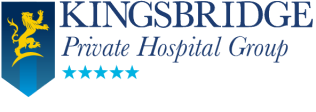World Radiography Day
08th, Sep 2022

World Radiography Day is celebrated on 8 November each year. The date marks the anniversary of the discovery of x-radiation by Wilhelm Roentgen in 1895.
World Radiography Day
World Radiography Day is celebrated on 8 November each year. The date marks the anniversary of the discovery of x-radiation by Wilhelm Roentgen in 1895.
Once upon a time, post mortem examinations were a marvellous way for doctors to learn individually and together – the only problem being they could only see inside the body and be sure what had caused the illness after the patient had died!
Luckily we have discovered X-rays, Ultrasound waves and computerised Magnetic Resonance Imaging (MRI), allowing doctors to visualise organs and structures to aid diagnosis and inform treatment options.
The NHS has access to these scanners, but there aren’t enough of them to carry out all the work that needs to be done and waiting times are increasing, despite the best efforts of medical staff.
Most people have a good idea what an X-ray image is and how it can help establish if there is a fractured bone or, by using appropriate dyes, what the outline of a structure is like and if there is an abnormality.
People also have a fairly clear idea of how a Radiologist can capture what a solid organ looks like using sound waves which bounce off structures inside the body.
On the other hand, CT scans fire X-rays all around the body to build up a detailed 3 dimensional picture of the part in question.
An MRI scanner depends on the body being made up largely of water. The water molecules each have charged particles which align along the magnetic field produced by the MRI scanner.
By disturbing these charged particles and observing how they appear when they realign, a computer builds up an image similar to that seen on a digital camera which uses pixels. Different tissues appear in a characteristic way meaning abnormalities can be detected easily which is why MRI may be used to examine almost any part of the body. You may be referred for an MRI scan if you have sports injuries, spinal problems, musculoskeletal problems, neurological problems, vascular problems and bowel problems. MRI is also used to assess how effective previous treatment has been.
Patients are referred to MRI by their GP, Consultant, Physiotherapist, Osteopath or Chiropractor (for spinal problems). Please remember that being referred for an MRI scan does not automatically mean that there is anything potentially seriously wrong, just that the MRI will provide a better picture, especially for soft tissue surrounded by bones than say an X-Ray.
If referred, patient scans should be carried out within 9 weeks according to Government guidelines. Unfortunately with the current stress on Northern Ireland’s NHS this target has not been met for over 30,000 patients which was highlighted by June’s DHSSPS report. Fortunately alternative options are now easily available in the local private sector. A new scanning centre at Kingsbridge Private Hospital in Belfast provides same day appointments and allows patients to be seen comfortably using a state-of-the-art MRI scanner with a wide tunnel to help with claustrophobia and many scans offering head first or feet first options as well as ambient lighting and choice of music.
For more information on MRI and scanning services at Kingsbridge Private Hospital please contact 02890667878 or click here.
Recent Articles

